Whether you’re selling a sophisticated SaaS or running a lemonade stand, you know how painful it is to have a customer leave you, only to run to the arms of the competition.
It hurts.
Competition is unpleasant, specifically when you’re the one losing. But it’s life. If you run a business, you’re going to face competition, somewhere, somehow, someway. So how do you deal with the competition?
You have plenty of options ranging from illegal to downright malicious. The best approach, however, is to hold on tight to your current customers. Your customers are at the core of your business. They are the reason you’re in business to begin with.
Thankfully, there ways to prevent defection. The powerful tips you’re about to read will revolutionize your approach to customer loyalty, turning customer defection into a thing of the past.
1. Know your customer: Who are these people, anyway?
I advocate for absolute and thorough knowledge of your customer. You should know your customer — even if it’s in profile form only — like you know your best friend. (After all, they are kind of like your best friend. Sort of.)
The starting point for knowing your customer is developing a persona.
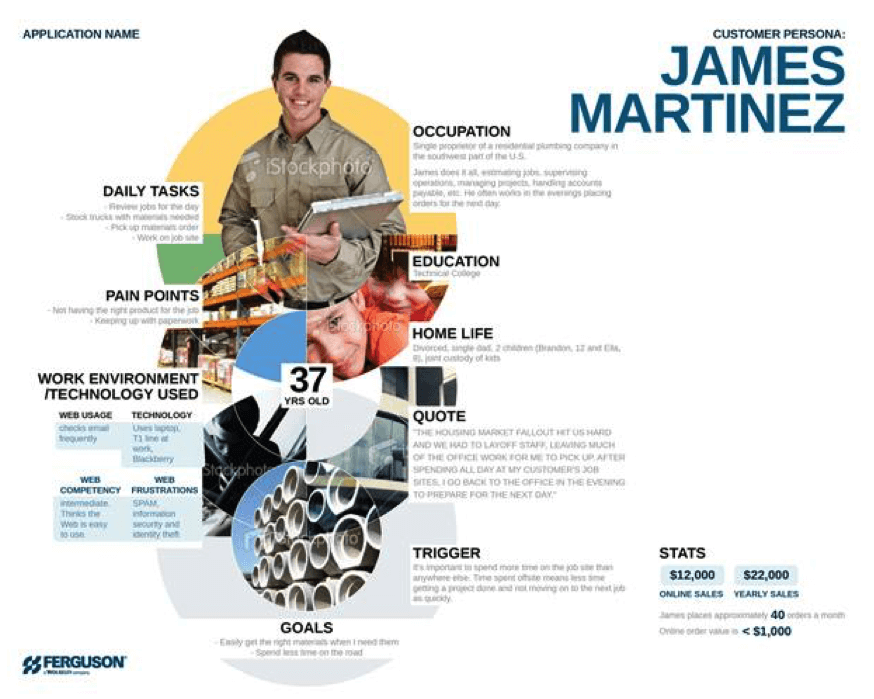
Sample persona (source)
What’s a persona, and why does it matter?
A persona is a snapshot of your customer, his or her demographic features including occupation, age, gender, etc. Your persona should be comprehensive enough to display the customer’s motivation, her hobbies, types of friends, and any other features that may affect the selling process.
Most of the time, you’ll use your customer persona to understand how to attract a customer and serve them. But what about when your customer leaves? Find out why they left. Then, go back to your customer persona and discuss the reasons why that customer defected.
Not only should your persona contain fun facts like age, favorite TV shows, and hobbies, but it should also include a section discussing possible risks. What lines should you never cross with customer? What might make them angry? What delights them?
There are all kinds of data points that you should gather on your customer.
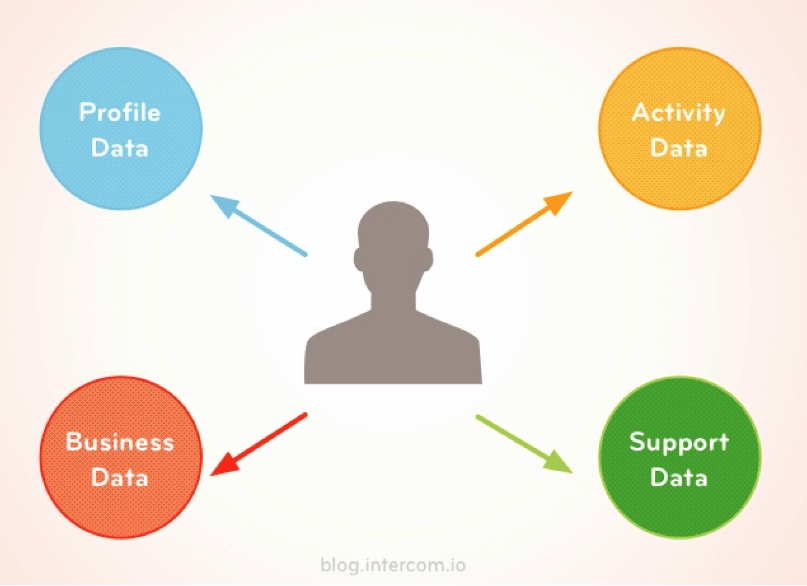
Source
But beyond the data there are motivating factors — not just the motivation to buy, but the motivation to leave.
Motivation takes various forms. There are positive motivations. These are the motivational buttons that you want to push in order to get a customer to buy your SaaS. On the converse, there are negative motivations. These are the aspects of your service that might cause a customer to switch to the competition.
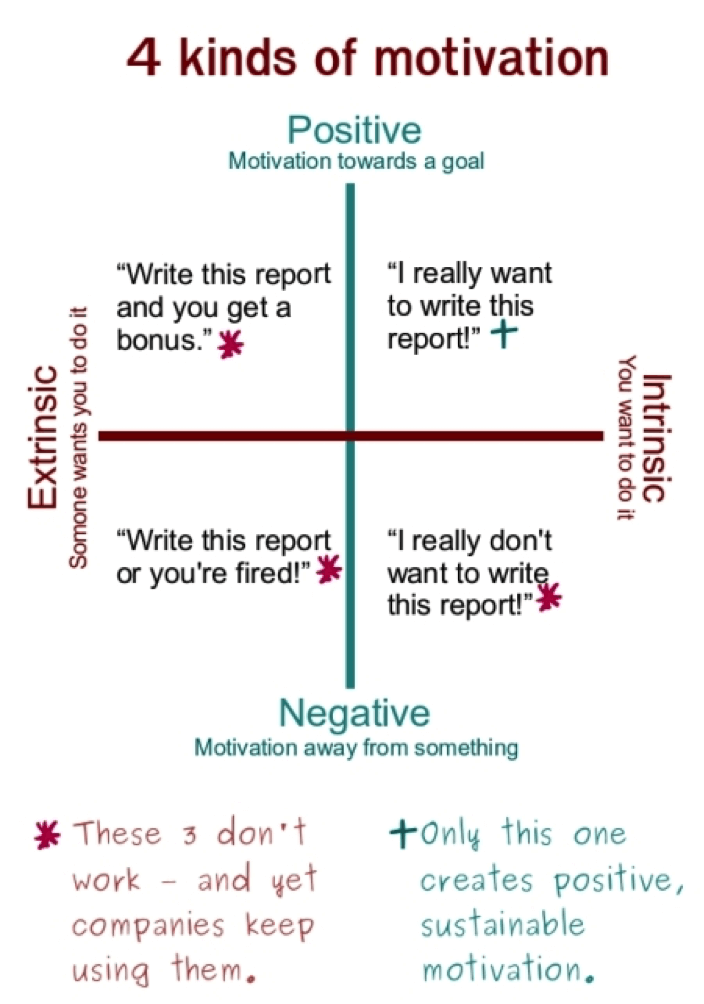
Source
Understand your customer’s negative motivation. Once you do, you’ve gained some of the best and most actionable information that will help you hold on to them.
2. Know your competition: Know who you’re dealing with.
Do you know where your departing customers are going?
Don’t make assumptions. Assumptions are dangerous.
Your first goal is to discover which of your competitors the customer prefers, and why he prefers it. Finding out who your customer is switching to shouldn’t be hard. Just ask them.
Understanding their motivation, however, can be trickier. They may say “better price,” or “friendly service,” but it’s up to you to really understand the deeper why.
Before jumping to any conclusions, do some spying on the competition. In its most innocuous form, spying is nothing more than looking at the competitor’s website to see what’s up.
A more sophisticated level of spying requires that you use spy tools, some of which cost money and some which don’t.
Wait, but…spying? Don’t worry. It’s legal and ethical. Spying is nothing more than compiling and examining publicly available information. Call it “competitor research” if you want to. The objective is to understand your competition.
To get started with a little espionage of your own, check out some of the spy tools and do a little snooping around. You may be surprised at what you find out.
3. Beat your USP into their heads.
This sounds a tad violent, but I wanted to overstate it to make my case.
Your customers need to know your USP — your unique selling proposition. They need to understand it, act on it, and cling to it.
Your USP is what makes your business unique. It’s the reason why your product or service is different. The difference, then, is what makes your customers prefer you more than the other alternatives available to them.
Get that? Your USP is the heart of your business. Your USP is the very reason why your customers decided to buy from you in the first place. But that’s not all! The reason why your customers stay with you is also your USP.
Once you’ve unleashed your untamed USP, don’t back down from it.
Greg Ciotti describes this as standing for something. If you don’t have anything to stand for, then why would your customers stand for you? A plain vanilla USP is about as appealing as off-brand unsalted potato chips from a big box grocery store. All it takes is for your competitor to add a little salt, vinegar, jalapeno, or barbecue pizzazz, and whooosh, your customers are gone!
The Dollar Shave Club does a great job of amping up their USP and beating it into their customers’ collective heads.
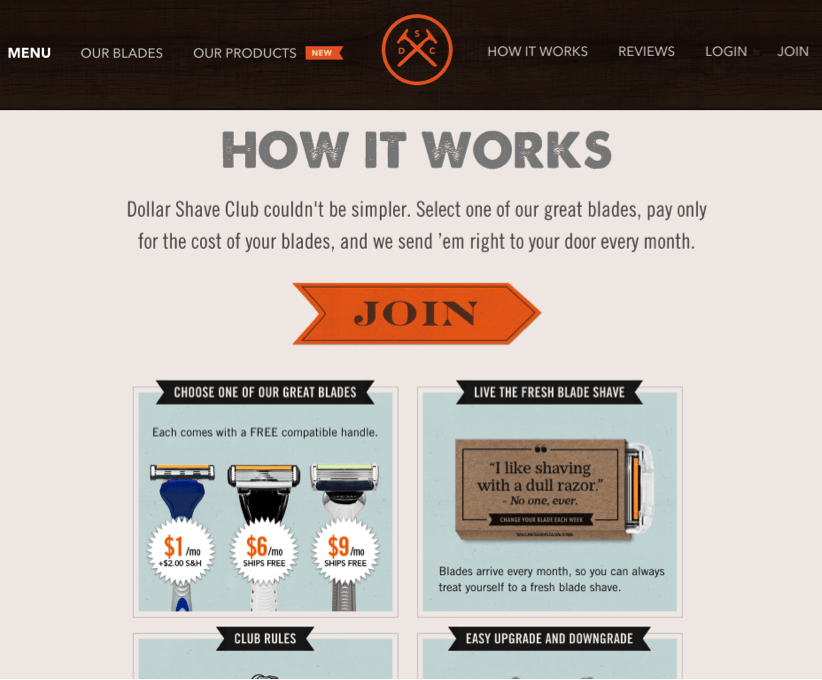
The advertising tack of the dollar shave club carries this concept forward. It’s not just great. It’s f***ing great. (They said it.)
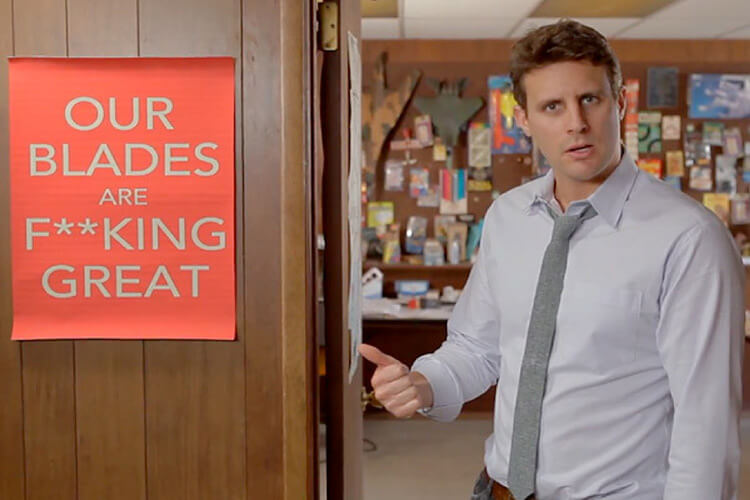
And that’s the kind of bold-faced pathos that makes retention possible.
Who would want to leave a company that has a USP, stands for that USP, and keeps that USP pulsing behind every new box of blades?
4. Make your customers spend more.
I could write article after article about upselling your customers. (I already have.)
This article isn’t about upselling per se. But it is about holding your customers tight. And one way that you hold your customer tight is by upselling.
Here’s how it works.
A customer decides to give you a try. They purchase your lowest cost service.
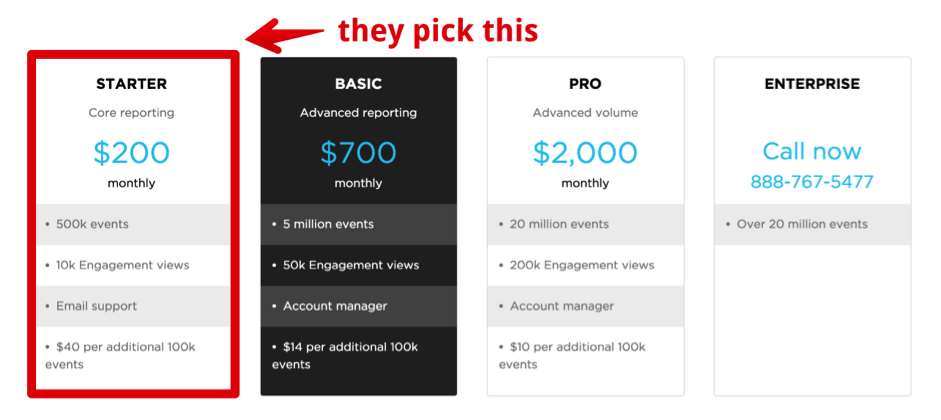
Done.
Now what? Maybe they like it. Maybe they are so-so about it. Whatever.
Your next goal? Get them to spend some more money.
Why? When a customer spends more money, they are making the product more valuable to themselves. Now they are further invested in the product. They value it more. It is now harder for them to leave.
This phenomenon is called the endowment effect. Basically it means that people value something more if they own it. By logical extension, they value it even more if they spend additional money on it.
Along with the power of the endowment effect, customers also experience the tug of perceived value. Perceived value states that a product is as valuable as the amount you spend on it. The more you spend, the more you value it.
Even if they can’t articulate it, customers are aware of how the perceived value affects both your product and price point and that of the competition. The customer’s behavior changes when they assess your price relative to the competition, thus adjusting their perceived value.

Source
Yet another psychological feature comes into play: Sunk costs.
Sunk cost is the money that a customer has already paid and can’t get back. The more your customer pays and the longer they stay, the more likely they are to spend more and pay more. They’re so invested into your product or service that they think, “It’s too late to go back. I better stay with them.”
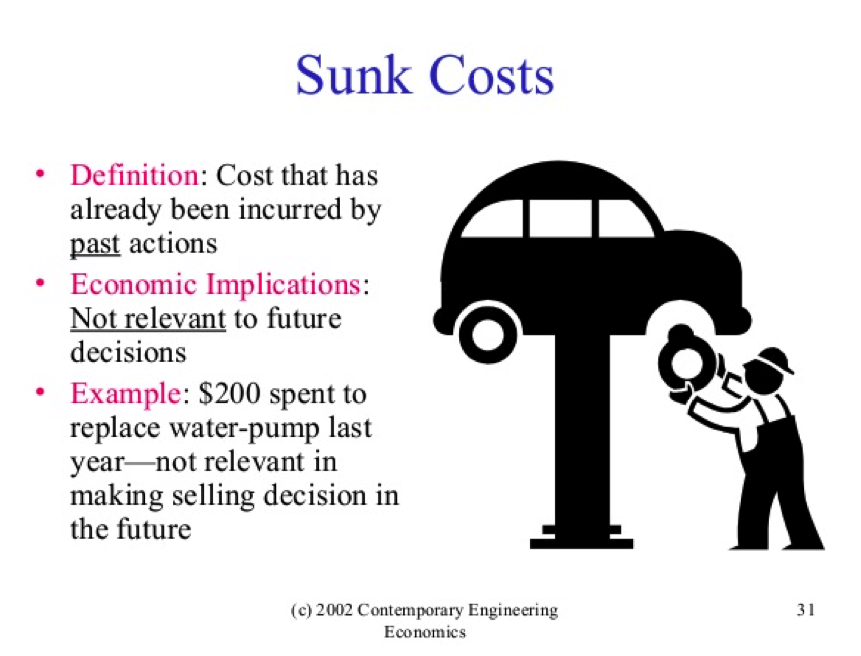
Source
Based on all these psychological factors, one thing is very clear: Your customers will value you more if they spend more and stay long.
If you encourage upsells, add-ons, and continued memberships, you’ve defended against defection.
5. Incentivize them in exchange for action.
This technique is marvelous, because you’re accomplishing three things.
- You are preventing your customers from defecting by giving them something tangible.
- You are preventing your customers from defecting by creating buy-in.
- You are adding more customers through the marketing efforts of your existing customers.
Let me explain the principle, and then tell you why it’s marvelous.
By incentivize I mean that you’re rewarding your customers in some way. Give them cash, a gift, a rebate, a free something. Make it legitimate and desirable.
Incentivization alone is powerful, but I’m proposing that you incentivize them in exchange for their action. What kind of action? Make them market your service.
Often, this takes the form of an affiliate program. Bluehost is widely recognized as having a great affiliate program. For every customer referral, you get to pocket $65. This method of incentivization turns Bluehost customers into aggressive marketers.

Every company loves to receive referrals. What most marketers don’t realize is that a referral works both ways.
- The business gets a new customer.
- Plus, the business strengthens the loyalty of their existing customer, the one who makes the referral.
Think about this in personal terms. If you start promoting a company’s services and earning rewards, you’re far more likely to remain a customer.
DISH uses this technique, motivating their customers with free headphones.
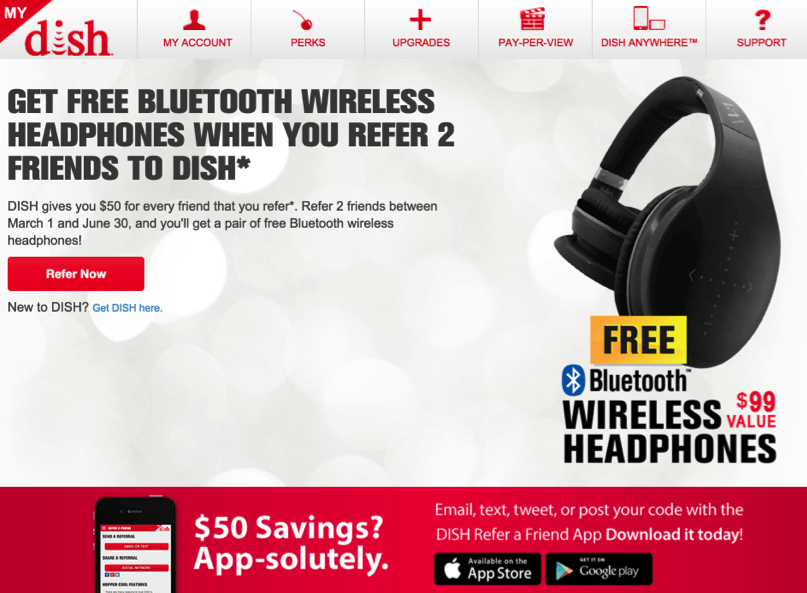
The mobile provider Boosts also incentivizes referrals with a $25 account credit.
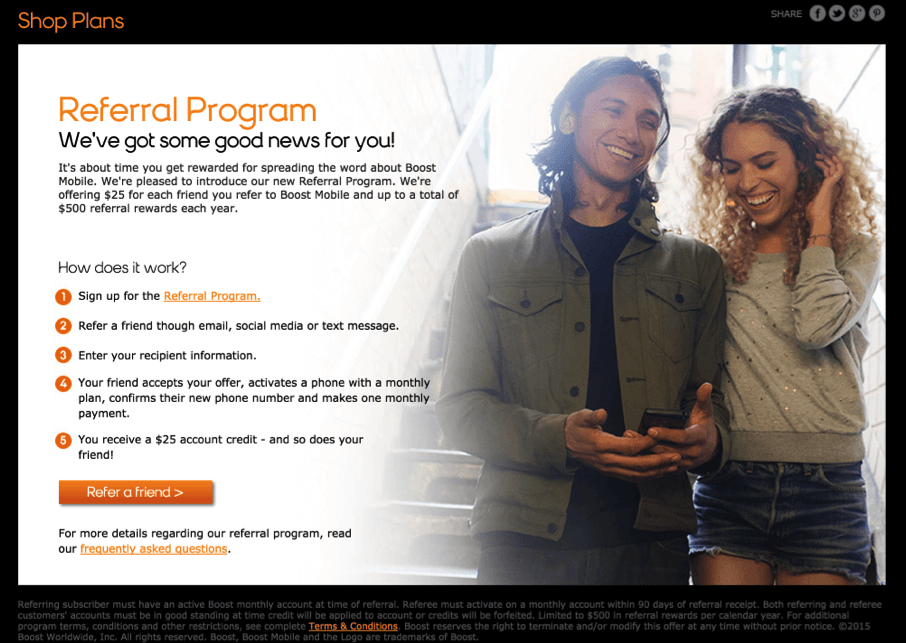
This technique is effective, because it’s built on the principle of reciprocity. Reciprocity is the idea that giving something to someone motivates them to return the favor. Latinized, it’s quid pro quo. Popularly, it’s “You scratch my back; I’ll scratch yours.” Negatively, it’s tit for tat.
Conclusion
These principles are effective, founded in science, and confirmed by practice.
If you’re serious about preventing defection, you need to start with knowledge. Knowing your customers and being aware of the competition is the starting point.
From that starting point, you’re equipped to bolster your USP, encourage greater spending, and start rewarding them.
The result? Die-hard loyalty and a drastic reduction in defections.
How do you prevent your customers from defecting?
About the Author: Neil Patel is a lifelong evangelist of KISSmetrics and blogs at Quick Sprout.




































